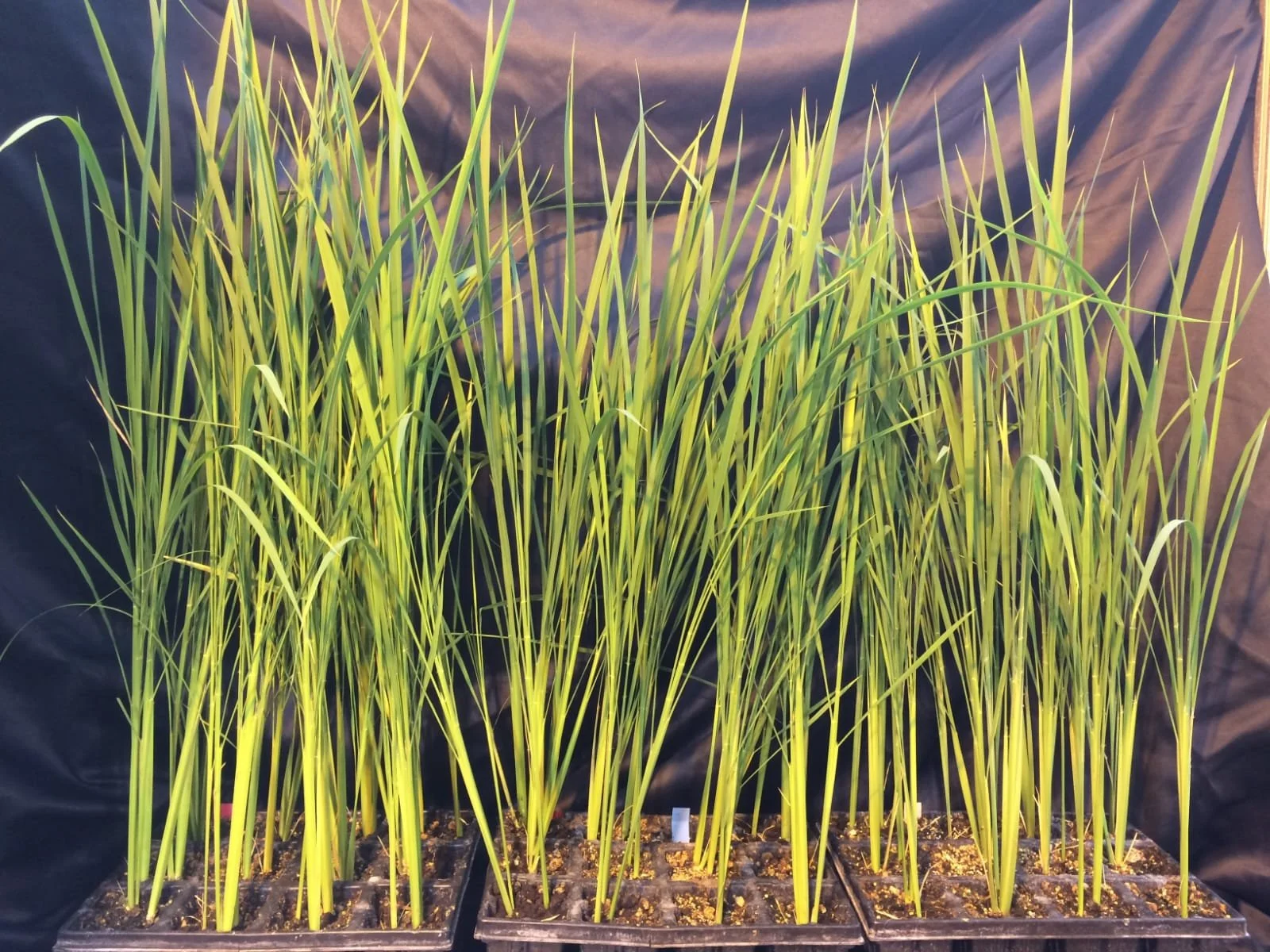Some memories vanish by dinner time. Others stay with us for decades. What decides which is which?
A new study published in Nature suggests the answer is not a single “save” button in the brain and offers a fresh way of thinking about how long a memory lasts and why some are more fragile than others.
Image Credit: Cast Of Thousands via Shutterstock / HDR tune by Universal-Sci
From simple brain “switches” to a chain of memory timers
For years, many scientists described memory in fairly simple terms. The hippocampus, a seahorse shaped structure deep in the brain, was thought to be the temporary notepad for new experiences. The cortex, the wrinkled outer layer, was treated as the long term storage system.
In that older view, the key question was whether a memory made it from the notepad to the archive. If it did, the assumption was that it stayed there in a relatively fixed form. As Priya Rajasethupathy, who led the new work, puts it, “Existing models of memory in the brain involved transistor-like memory molecules that act as on/off switches.”
That idea helps explain some aspects of memory, but it leaves out a lot of what we see in real life. Some memories last weeks, some months, others a whole lifetime. The divide is not just “remembered” or “forgotten.” There seems to be a sliding scale of durability.
In earlier work, Rajasethupathy and colleagues had already begun to complicate the picture. In 2023, they described a pathway that links short and long term memory, with a central role for the thalamus. The thalamus sits near the middle of the brain and is often described as a relay station for sensory information. Their findings suggested it also helps decide which memories should be passed on to the cortex for long term storage.
The new study goes a step further. Instead of looking only at brain regions, the team zoomed in on the molecular programs running inside brain cells. They found not one master key for memory, but a sequence of programs that are turned on at different times in different places, shaping how long a memory can survive.
According to Rajasethupathy, “This is a key revelation because it explains how we adjust the durability of memories.” She adds, “What we choose to remember is a continuously evolving process rather than a one-time flipping of a switch.”
A virtual reality maze for mice and their memories
To study how memories gain strength or fade, the researchers first needed a way to reliably create memories of different strengths in animals.
Postdoctoral researcher Andrea Terceros built a virtual reality setup for mice. The animals ran on a little treadmill while immersed in computer generated worlds displayed around them. By changing how often the mice saw certain environments, the team could create experiences that were repeated many times or only a few.
Using virtual reality, the scientists could precisely control how often mice encountered certain experiences, as well as which ones they had and when.
Credit: Rajasethupathy lab/The Rockefeller University
The logic was simple. In everyday life, important events are often the ones we encounter over and over. In the experiment, repetition served as a stand in for importance. If a mouse repeatedly explored a particular virtual corridor where something meaningful happened, it became more likely to remember that place. Less repeated contexts were easier to forget.
This setup allowed the scientists to test how well the mice remembered different contexts, then look into the brain to see what patterns of gene activity were associated with memory that persisted versus memory that faded.
Finding correlations was only the first step. The team also wanted to show that specific molecules actually caused changes in memory duration. To do that, co lead author Celine Chen developed a CRISPR based screening system. CRISPR is a tool that allows researchers to switch genes off or tweak them in precise ways.
Chen and colleagues used this system to alter genes in the thalamus and cortex of mice. By turning particular genes off and observing whether memories became shorter or more fragile, they could identify which molecules are truly needed for keeping memories alive over time.
What they found fits neatly with the idea of timers rather than simple on off switches.
Tiny molecular timers and what they may mean for dementia
The study points to a cascade of gene programs that unfold over time across brain regions. Think of it as a relay race.
First, a memory is formed in the hippocampus. That step does not seem to depend on the molecules that the team discovered. Those come in later, once the memory exists and needs to be maintained.
The researchers identified three transcriptional regulators that act as key players in this process. Transcriptional regulators are molecules that control which genes in a cell are turned on or off.
Camta1 in the thalamus
Tcf4 in the thalamus
Ash1l in a part of the cortex called the anterior cingulate cortex
These molecules were not required to form a memory in the first place. Instead, they were crucial for how long the memory lasted.
The results suggest a rough timeline:
Shortly after a memory is formed, Camta1 and its target genes help it persist for a while, preventing it from disappearing too quickly.
With more time, Tcf4 and its targets kick in, supporting cell adhesion and structural changes that help stabilize the memory further.
Finally, Ash1l turns on chromatin remodeling programs. Chromatin is the way DNA is packaged inside the cell. Remodeling it can leave a more long lasting mark, helping a memory become deeply embedded.
If any part of this chain is disrupted, memories can become less stable. When the team interfered with Camta1 and Tcf4, communication between the thalamus and cortex weakened and memories were lost more easily. As Rajasethupathy explains, “Unless you promote memories onto these timers, we believe you're primed to forget it quickly.”
Ash1l is part of a family of proteins called histone methyltransferases, which are involved in many other kinds of biological memory. In the immune system, they help the body “remember” past infections so it can react faster the next time. During development, they help cells remember their identity, such as whether they are a neuron or a muscle cell, and keep that identity stable for years.
As Rajasethupathy notes, “In the immune system, these molecules help the body remember past infections; during development, those same molecules help cells remember that they've become a neuron or muscle and maintain that identity long-term.” She adds, “The brain may be repurposing these ubiquitous forms of cellular memory to support cognitive memories.”
This new model of molecular timers could also have practical implications. Many brain diseases, such as Alzheimer’s, involve damage to specific regions. If researchers understand which circuits and gene programs help maintain memory, they may eventually learn to reroute information around damaged areas.
Image Credit: LightField Studios via Shutterstock / HDR tune by Universal-Sci
In Rajasethupathy’s words, “If we know the second and third areas that are important for memory consolidation, and we have neurons dying in the first area, perhaps we can bypass the damaged region and let healthy parts of the brain take over.”
Her lab is now turning to the next big questions. How are these timers switched on in the first place What tells the brain that a particular experience is important enough to invest in for the long term And how does the thalamus, sitting at the crossroads between hippocampus and cortex, make those decisions
“We’re interested in understanding the life of a memory beyond its initial formation in the hippocampus,” Rajasethupathy says. “We think the thalamus, and its parallel streams of communication with cortex, are central in this process.”
The answers will not just explain why some memories become precious and lasting while others fade into the background. They could also open up new ways to protect memory when disease threatens to erase it.
If you are interested in more details about the underlying research, be sure to check out the paper published in the peer-reviewed science journal Nature, listed below.
Sources, further reading and more interesting articles on the subject of Health, Mind & Brain:
Are Soft Foods Quietly Compromising Your Brain Health? - (Universal-Sci)
Why speeding up your walking pace might be a very good idea - (Universal-Sci)
Why Brushing Your Teeth Regularly May Help Prevent Alzheimer's and Certain Other Brain Diseases - (Universal-Sci)
What is the difference between Alzheimer's disease and dementia? - (Universal-Sci)
Thalamocortical transcriptional gates coordinate memory stabilization - (Nature)
Too busy to follow science news during the week? - Consider subscribing to our (free) newsletter - (Universal-Sci Weekly) - and get the 5 most interesting science articles of the week in your inbox
FEATURED ARTICLES:







